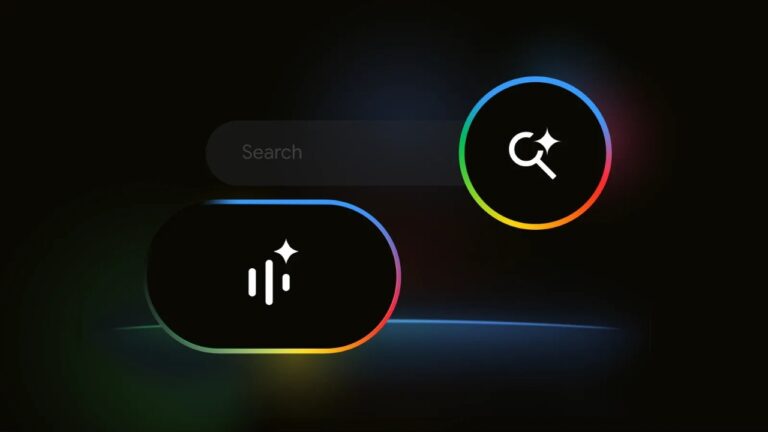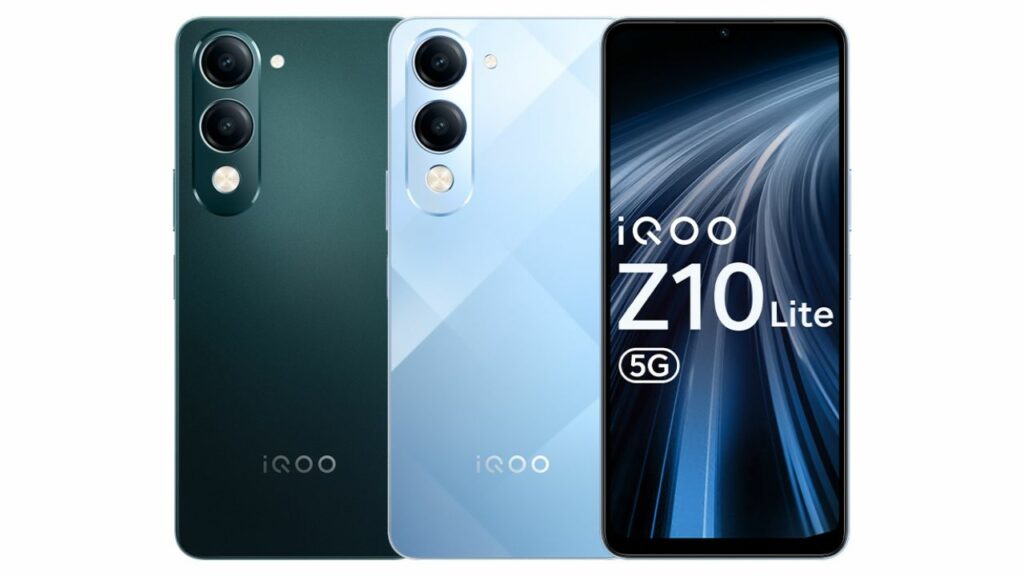Google has announced the launch of Search Live with Voice Input in the Google App. It is being introduced as a new way to search with your voice in AI Mode and it is backed by Google’s AI assistant, Gemini. Here’s everything to know about the newly launched feature by Google.
Search Live with Voice Input in the Google App is rolling out to users both on Android and iOS. Available in the U.S. for users enrolled in the AI Mode experiment in Labs, you can now have a free-flowing, back-and-forth voice conversation with Search and explore links from across the web.
Google says this feature is “perfect for when you’re on the go or multitasking, like if you’re packing for a trip.” Simply open the Google app, tap the new “Live” icon and verbally ask your question, like, “What are some tips for preventing a linen dress from wrinkling in a suitcase?” You’ll hear a helpful AI-generated audio response and you can easily follow up with another question, like, “What should I do if it still wrinkles?” You’ll also find easy-to-access links right on your screen so you can dig deeper with content from the web.
Read More: Google Announces Arrival of Gemini in Google Docs on Android
Google says that Search Live works in the background, allowing the user to continue the conversation while in another app. Furthermore, one can tap the “transcript” button to view the text response and continue to ask questions by typing. If you want to revisit a Search Live response, pick up where you left off by heading to your AI Mode history.
Search Live with Voice Input in the Google app uses a custom version of Gemini with advanced voice capabilities. This custom model is built on Search’s “best-in-class quality and information systems, so you still get reliable, helpful responses no matter where, or how, you’re asking your question.” Search Live with voice also uses Google’s query fan-out technique to show you a wider and more diverse set of helpful web content.
You can access Search Live with a new icon directly under your search bar when you opt in to the AI Mode experiment in Labs..
In the coming months, Google plans to bring even more Live capabilities to AI Mode, including using your camera when you talk back-and-forth so you can show Search what you’re seeing in real time.












